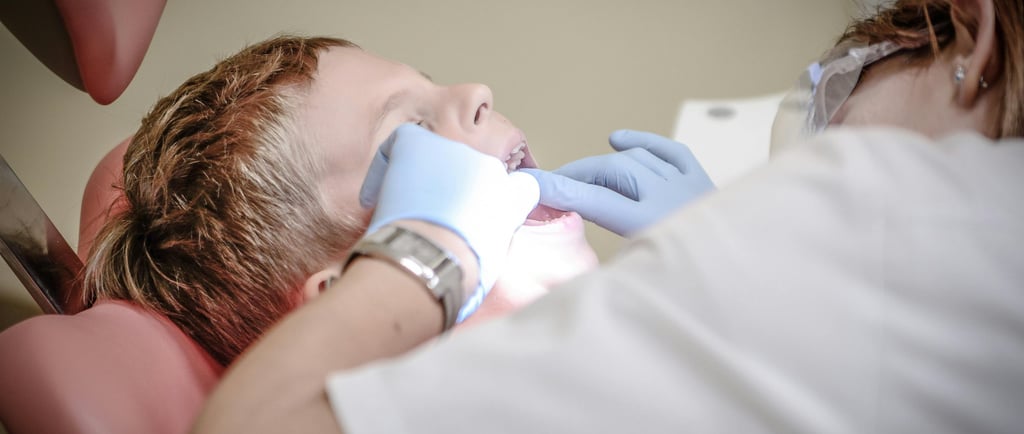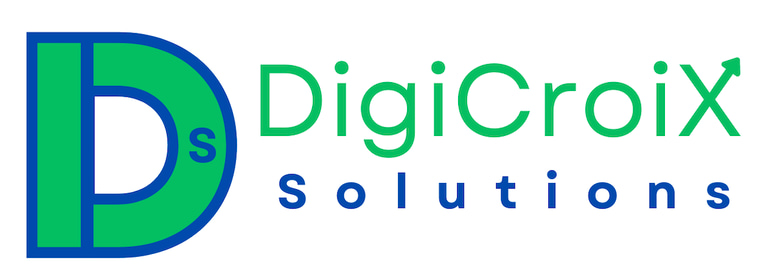Marketing Healthcare Services: Segmenting Your Target Audience
Learn how to segment your audience effectively for marketing healthcare services to different patient personas. We provide templates and messaging advice. Book a strategy call to define your segments.
Vishwa Raval
10/6/20254 min read


Understanding the Importance of Audience Segmentation in Healthcare
Audience segmentation plays a pivotal role in marketing healthcare services, establishing a systematic approach to connect with diverse patient populations. By categorizing audiences based on their unique characteristics, healthcare providers can tailor their marketing strategies to effectively meet patient needs. This process involves identifying demographic, geographic, psychographic, and behavioral factors that influence patients' healthcare journeys.
One of the primary benefits of audience segmentation is the ability to craft improved messaging. Healthcare organizations can develop targeted communication strategies that resonate with specific patient personas. For example, a hospital may segment its audience into groups such as seniors seeking preventive care, young parents looking for pediatric services, or individuals with chronic conditions. By addressing each group's particular concerns and preferences, organizations enhance the relevance of their messages and increase the likelihood of engagement.
Moreover, patient engagement significantly improves through effective audience segmentation. Personalized marketing campaigns can foster stronger connections between healthcare providers and patients. When patients feel understood and valued, they are more likely to respond positively to marketing efforts, schedule appointments, and maintain regular communication with their healthcare providers. This heightened level of engagement ultimately contributes to better health outcomes, as patients are more inclined to seek preventive care and adhere to treatment plans.
Additionally, optimized marketing strategies arise from thorough audience segmentation practices. Healthcare organizations can allocate resources more efficiently, focusing on the most promising market segments that offer higher potential for patient acquisition and retention. Successful healthcare providers have demonstrated the advantages of segmentation; for instance, a clinical practice might implement targeted outreach programs based on patient demographics, leading to increased patient enrollment and satisfaction. By recognizing the importance of audience segmentation, healthcare organizations can refine their marketing efforts, driving more effective engagement and improving patient care.
Identifying Patient Personas: Key Characteristics and Data Points
To effectively segment your audience in the healthcare sector, identifying patient personas is fundamental. Patient personas are detailed profiles that encapsulate the key characteristics of various patient groups, enabling healthcare providers to tailor their marketing strategies accordingly. The process of identifying these personas begins with the collection of relevant data points that reflect both the demographic and psychographic attributes of patients.
Demographic factors, such as age, gender, income, education level, and geographic location, provide a foundational understanding of the patient population. This information can be gathered through surveys, interviews, and data analytics tools that aggregate patient information from various sources. Psychographic data, which includes the values, beliefs, lifestyle choices, and motivations of patients, is equally important. This can often be obtained through qualitative research methods such as focus groups or open-ended survey questions that invite deeper insights into patient experiences and preferences.
In addition to demographics and psychographics, behavioral factors—the actions patients take in response to healthcare services—should also be analyzed. This includes the frequency of visits, types of services used, and engagement with health information. For instance, understanding how often a particular demographic group utilizes telehealth services versus in-person consultations can reveal distinct behavioral patterns that inform marketing efforts.
Once this data is collected, healthcare organizations can create detailed personas that embody these essential traits. For example, a healthcare provider may identify a persona representing young parents who prioritize convenience and value digital health tools, or an older patient persona focused on chronic care management and personalized communication. Case studies from successful healthcare entities demonstrate that organizations that invest in understanding their patient personas experience improved patient engagement and satisfaction, ultimately enhancing the effectiveness of their marketing campaigns.
Crafting Tailored Messaging for Each Patient Segment
In the realm of marketing healthcare services, crafting tailored messaging for distinct patient segments is a pivotal strategy. Each patient persona embodies unique needs, concerns, and preferences, necessitating individualized communication approaches. Effective messaging resonates on a personal level, thereby enhancing patient engagement and fostering trust.
To develop targeted messages, healthcare marketers should begin by thoroughly understanding the characteristics of each identified patient segment. For instance, a messaging strategy directed at younger patients may emphasize technological convenience, such as telemedicine services and online appointment scheduling. Using relatable language and visuals that reflect modern healthcare tools will likely appeal to this demographic. Conversely, messages aimed at older patients should focus on accessibility and personal support, highlighting aspects like in-home care options and the availability of dedicated personnel to assist with their health concerns.
Practical examples of tailored messaging include crafting content that addresses specific health issues relevant to each segment. For example, a campaign targeting expectant mothers might feature informative materials on prenatal care, along with testimonials from satisfied patients. Such messaging not only provides valuable information but also creates community and a sense of shared experience. Additionally, utilizing multiple communication channels is vital. Engaging younger audiences may be more effective through social media platforms, while emails and newsletters may resonate with older segments who prefer more traditional forms of communication.
To refine messaging strategies, healthcare marketers should employ testing methods such as A/B testing. By analyzing which messages elicit the best response rates, marketers can adapt their approaches to maximize effectiveness. Further, gathering patient feedback can offer deeper insights into preferences and sensitivities that inform ongoing message refinement. This iterative process is essential for ensuring that communication remains relevant and impactful across patient segments.
Applying Templates and Planning Your Strategy Call
Effectively segmenting your audience is essential for success in marketing healthcare services. One of the best methods to achieve this is by using actionable templates that can guide your strategy. Start by creating a comprehensive template that includes key demographic data such as age, gender, location, and medical history. Additionally, consider incorporating psychographic metrics such as patient motivations, preferences, and attitudes towards healthcare. These segments should then be prioritized based on the potential impact on your service offerings.
Once you have established your audience segments, customize your templates according to the specific services you offer. For instance, if you're operating in pediatrics, focus on families with young children. Create tailored messaging that speaks to their unique needs and concerns, such as preventive care and immunizations. If your services cater to an older demographic, highlight offerings like chronic disease management and geriatric care. Customizing your marketing strategy according to these templates will increase engagement and drive patient acquisition.
Planning an initial strategy call can significantly enhance your audience segmentation efforts. During this call, you should discuss your findings, the effectiveness of your templates, and any additional insights you may have garnered. Use this opportunity to gather feedback from stakeholders to refine your approach further. It’s vital to develop a comprehensive marketing plan that not only resonates with your current audience but also adapts to their evolving needs.
Finally, remember the importance of regular updates to your audience segmentation strategy. Patient needs and market conditions change over time, so routine evaluations are crucial. By revisiting your templates and modifying your marketing strategies, you ensure that they remain relevant and effective in attracting and retaining patients. Consider setting a schedule for these reviews, reinforcing a proactive approach to healthcare marketing.
Get in Touch
Book your free consultation today and let's create a strategy to elevate your success!


Address
94 Shree Nagar Apartment, Sola Road, Naranpura, Ahmedabad, Gujarat, India 380063
6706 Fulton Avenue, Burnaby, BC, Canada V5E 3H1
Phone
+91 88497 12474
Quick Links
© 2025. All rights reserved.
Useful Links
Engagement
Subscribe
+91 88497 12474
